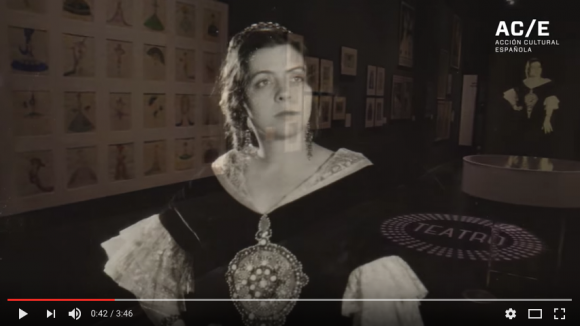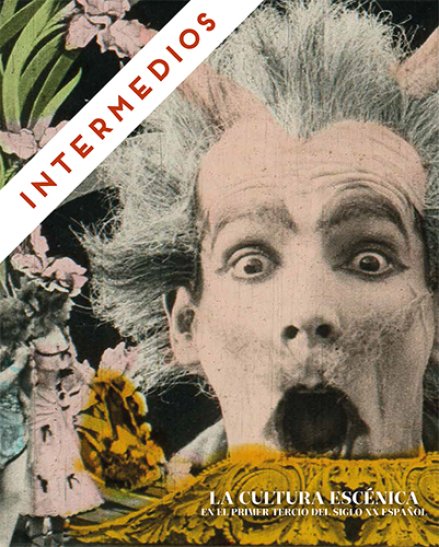During the first third of the twentieth century, Spanish culture was intensely conditioned by social and political turmoil, both national and international. Major changes took place in a troubled Spain marked by tragic events that deeply influenced its history. The Civil War put an end to this period and plunged many of its prominent figures into oblivion. For part of Spanish society, this new, largely audiovisual culture brought temporary respite from everyday life, offering a world of magic, dreams, carnivals and wonders. The overall mood of the various performing arts of this period and their subgenres was one of fun – a particular tragicomic foray into sense of humour that pervaded the world of stage entertainment in its broadest sense .
The twentieth century proved to the whole world the importance of the performing arts in building what we regard today as contemporary art. The change that took place, spurred by the introduction of new forms of theatre and the influence of nineteenth-century symbolism in countries such as Germany, the United States, France, Italy and the Soviet Union, was more significant and radical than in Spain. This does not mean to say that it did not occur in our country – it did, only on another scale and at another time. During this period, among other achievements, the country saw the emergence of a specific sort of art conveying a stereotypical image of Spain and things Spanish – the españolada – which would earn part of our culture international renown.
Artistic development in Spain in the first third of the twentieth century was directly related to the popular genres, their characters and works. The chosen period coincides with the so-called ‘Silver Age’ in Spain, which was particularly notable for its literary production and spanned three generations of internationally acclaimed writers: the Generations of ’98, ’14 and ’27.










































